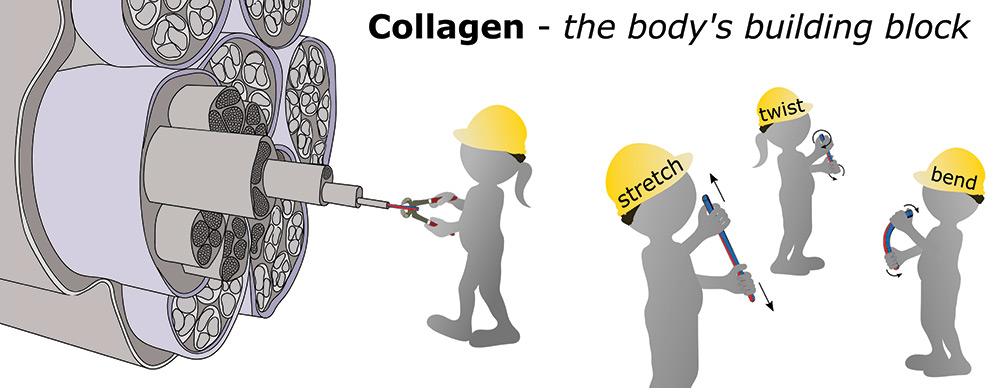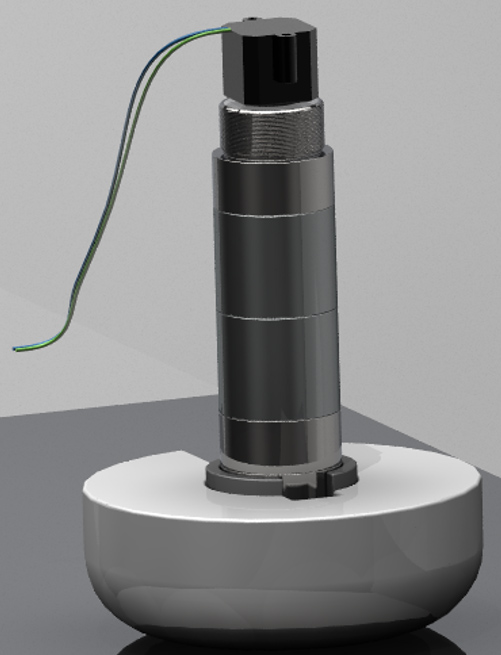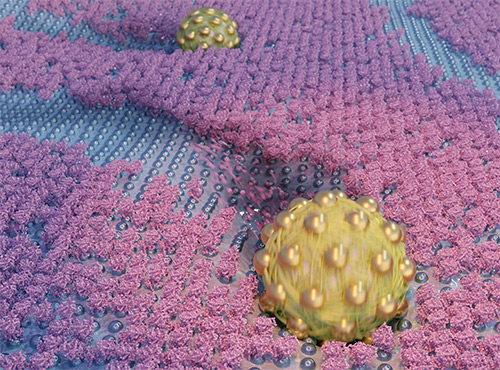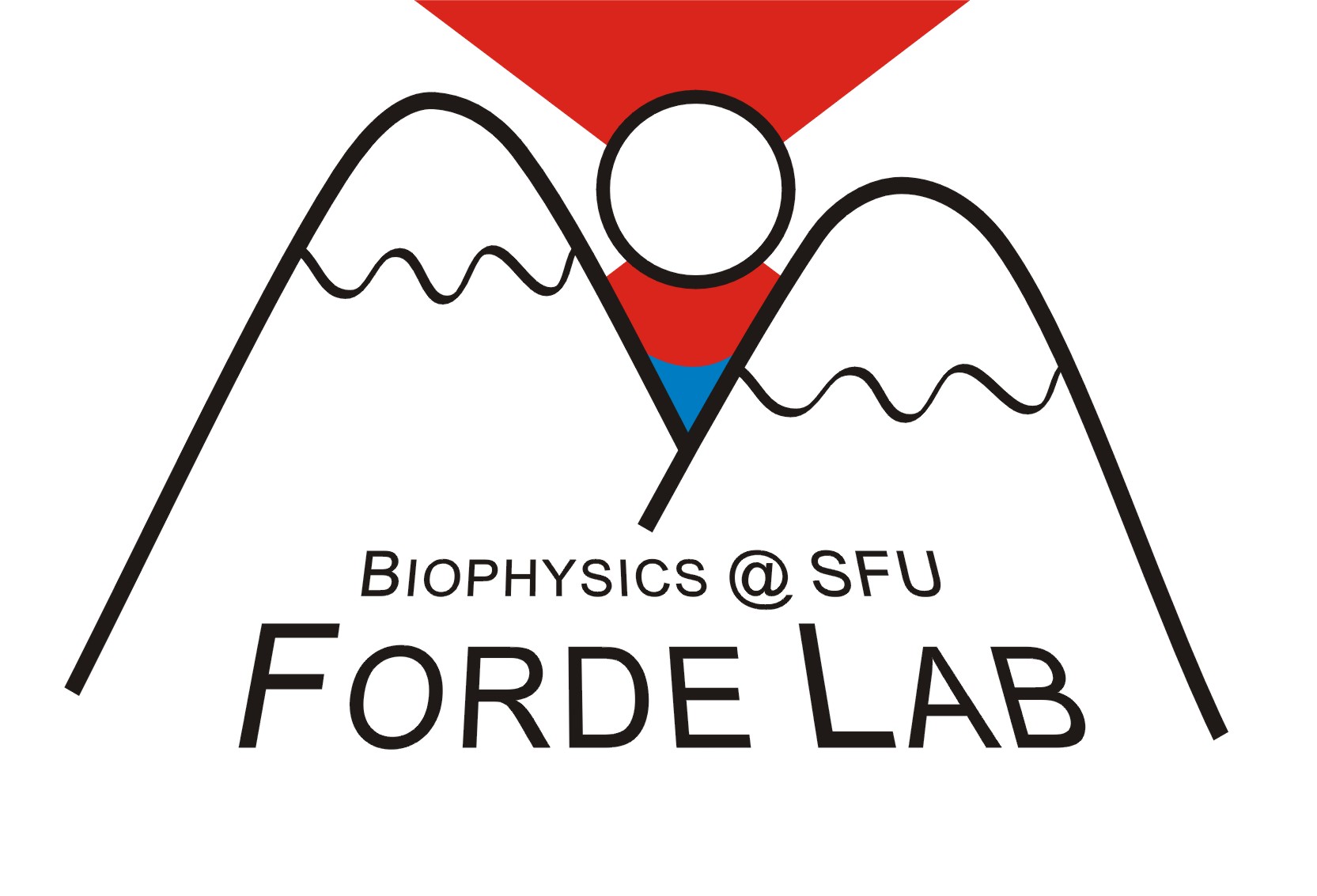We are fascinated by the molecular-level physical properties of our bodies’ building blocks. What is the blueprint encoded in proteins that allows for dynamical control of structure and assembly? How is it that our tissues can be made of individual building blocks that are, themselves, unstable? How do molecular motors achieve their amazing transport properties, in the context of the random, thermal environment of cells?
We explore these questions, and more, by quantifying the physical properties of single molecules, and examine how their interactions can lead to emergent properties. Our approaches span the domains of physics – including nonequilibrium statistical physics, polymer physics, optics; chemistry and biochemistry; and molecular and cell biology. We combine experiment and computer simulations, building single-molecule instrumentation to probe systems in new ways, exploiting cells and synthetic biology to provide molecular systems for study; and developing and utilizing models to explore parameter space and help guide and interpret experiments.
Mechanics and structural stability of collagen
Multicellular life is scaffolded by structures that maintain cells in the desired locations and organizations. Conventionally these extracellular scaffolds have been viewed as rigid, unchanging supports laid down during development and unaltered except by injury or disease. Recent scientific advances are revealing instead that these matrices are highly dynamic and respond to changes in their local microenvironment, in turn affecting cells. The collagen family of proteins has been selected via evolution as the preferred building block of these extracellular structures.
Our research investigates how collagen balances structural stability with responsiveness to physiologically relevant environmental changes (such as changes in pH, ion concentrations, and force). We aim to uncover the means by which collagen acts as a beacon of extracellular stresses, providing a tunable signal that can be detected by cell-surface receptors. We are also interested in how its molecular-level properties relate to higher-order assemblies, which differ among different types of collagens. We enjoy collaborating with Sergei Budko (Vanderbilt), Billy Hudson (Vanderbilt) and Yoshi Ishikawa (UCSF), and are always keen to explore new collaborations about collagen.

Instrumentation development
We develop instrumentation to help us answer questions about molecular forces at the nano- and microscales. The techniques we have developed and are developing include centrifuge force microscopy, atomic force microscopy, magnetic tweezers, total-internal reflection fluorescence (TIRF) microscopy, single-molecule optical tweezers and holographic optical tweezers, which we use for single-molecule force spectroscopy, single-molecule imaging and microrheology. Instrumentation designs are driven by scientific questions and by accessibility. Thus, some of our instruments offer high-resolution, high-precision measurements, while others are very low-cost designs offering high-throughput, lower-resolution measurements.

Molecular motors design
Molecular motors are nanoscale machines capable of incredible feats of strength and motility, in spite of the random thermal environment they inhabit. We investigate the mechanisms by which directed motion can be achieved at the nanoscale, through a complementation of complementary computational modelling and synthetic biology experimental approaches. Modelling work is done in-house and in collaboration with SFU Physics colleagues David Sivak, Eldon Emberly and Martin Zuckermann. Experimental work is done in-house and in collaboration with Heiner Linke (U Lund), Paul Curmi (UNSW), Beth Bromley (Durham U), Dek Woolfson (U Bristol) and Birte Höcker (U Bayreuth).

